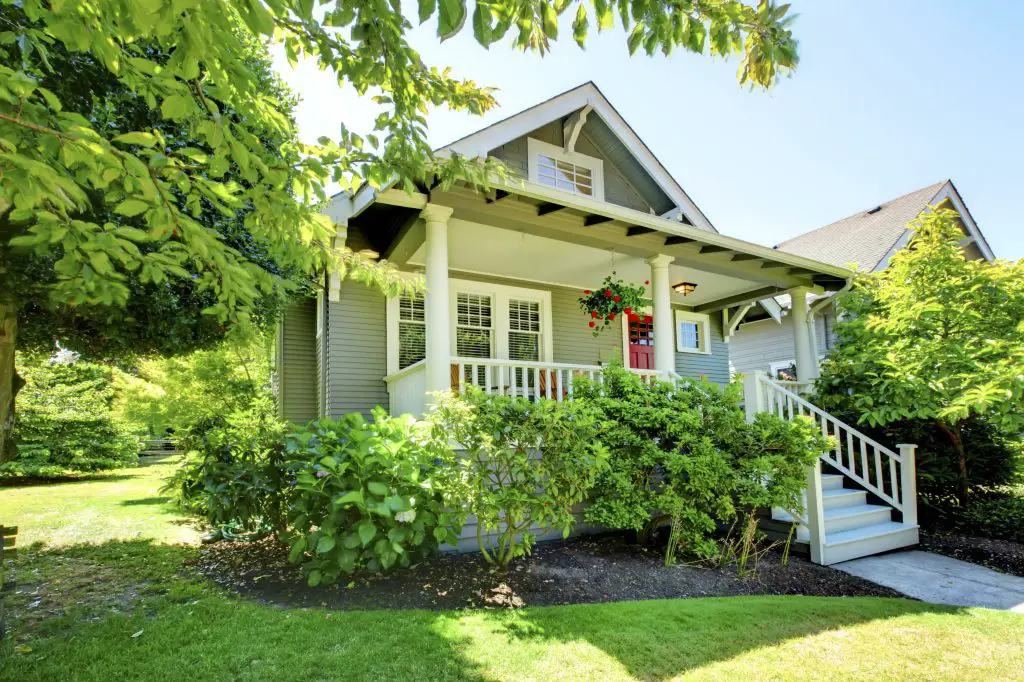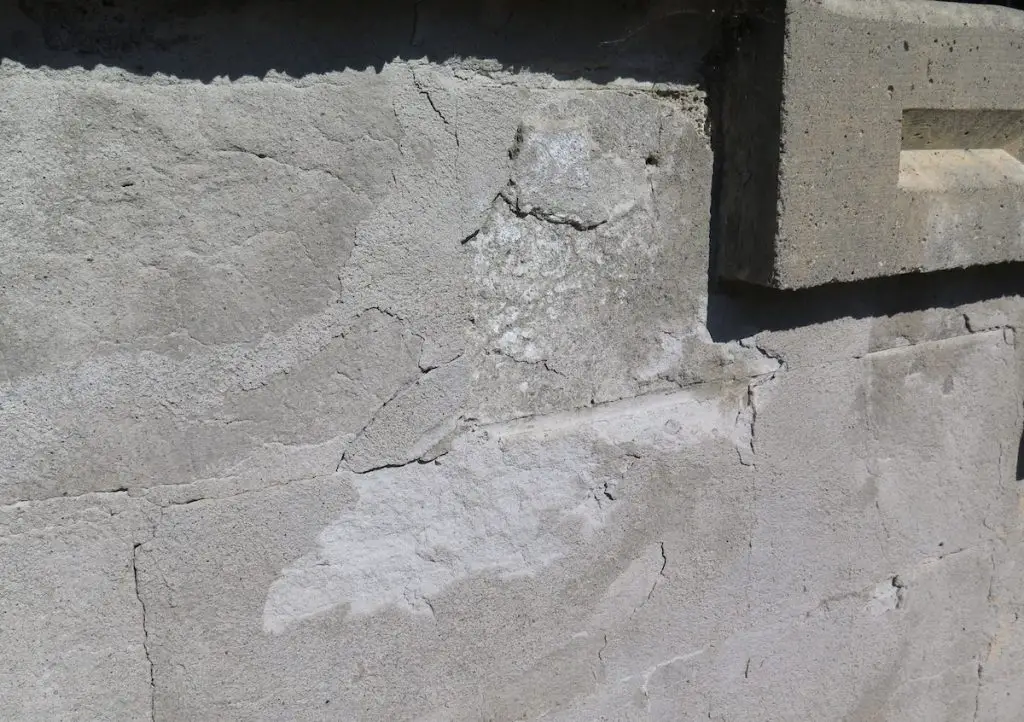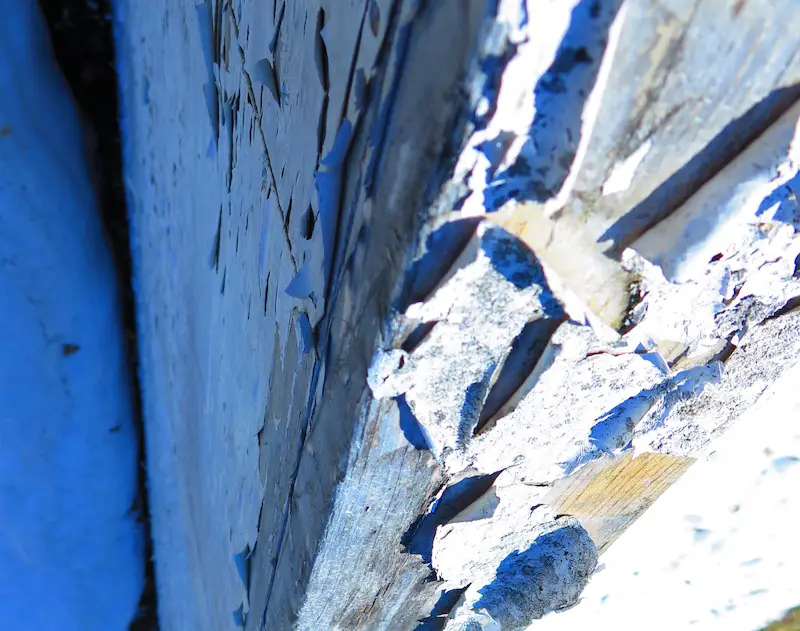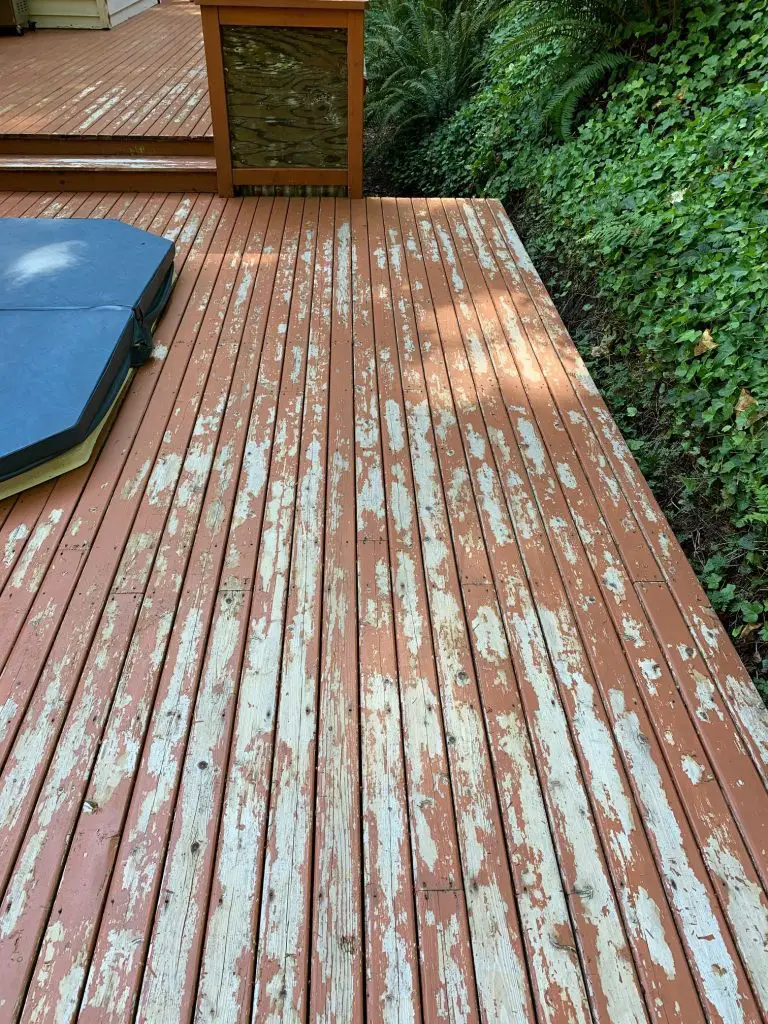
- Reading Time = 3 1/2 minutes
A number of years ago a friend of mine had enough of living in a dim, smelly, noisy apartment building, and on my advice made the leap to buy the only house she could afford – a simple, $100K place in small town Canada. This friend is over 70 years old, this was her first home ownership experience, and several times after buying she felt she’d made a mistake because of the problems she saw with her house. What this friend didn’t realize is that most houses have problems – especially older places. The key is understanding which problems are deal-breakers and which ones are not. This knowledge can help you decide whether the place is worth buying or fixing.
Even more important is the realization that dirt and dishevelment can make any house look much worse than it is. This article is about some of the common old-house issues she asked me about and how I advise anyone dealing with them, but realize something first. Many older, less-than-perfect houses still offer years of useful service. You don’t need a newish house in perfect condition to enjoy a good homeowner experience. Most of the cost figures listed below are rough ballpark ranges, including a professional for repair.
“Most Interior Doors Don’t Work Properly”

Doors in old houses rarely swing smoothly and latch reliably. Until recently, my daughter and her husband lived in a 1916 house and every door needed tuning up by Dad. The good news is that TLC for doors is a skill anyone can learn. Priority: Low/$100 to $500
“My Windows Look Terrible”
It’s rare to see a bargain-priced house with anything more than decent windows. But windows don’t need to be perfect to be acceptable. Live with them for a while in peace, then see what a replacement plan might look like when you can afford it. As long as birds can’t fly in through broken glass, there’s no huge urgency. Priority: Moderate priority/$5k to $10k
“Roof Shingles Are Curling”

Replacement of a failing roof is definitely a priority. Nothing much to think about, so you might as well call roofers and get estimates. More and more roofers are working farther afield these days, using Google Earth to see houses and prepare binding estimates remotely. Searching online for roofers is certainly an option if you can’t find anyone local you’d like to work with. Priority: High/$5K to $15K
“The Outside Walls Of My Basement Are Flaking”

The flaking stuff is a layer of mortar called parging, and I don’t know why they keep putting it on. Parging is not structural and never lasts, especially in Canada or any place that gets winter. Remove all parging with a two-pound hammer and cold chisel, then keep the blocks painted. Priority: Low/$500 to $1500
“There’s a Split In The Pipe Leading To My Outside Tap”

Fixing the split is a handyman job, though you could pay more and have a plumber do the work. When someone forgets to drain the outside tap before winter, the water freezes, expands and splits the pipe. The burst section needs to be cut out, then a piece of new copper pipe and couplings soldered in. Priority: Low to moderate/$100 to $200
“Exterior Wood Is Peeling”

Paint offers no protection against wood rot, so this is a visual issue. Surface prep and new paint is definitely DIY-able, and will make a big difference to how you feel. Priority: Low/$1.5K to $10K
“The Deck Looks Terrible”
If wood is rotten enough to break, keep everyone off the deck until you can afford a replacement. Many times the walking surface can be replaced over an otherwise good deck frame. Priority: Low to moderate/$1K to $3K for refinishing; $5K and up for rebuilding

“Rain Water Pools Against My House”
Adding soil to make the grade slope away is important, and it’s something any competent handyman could make happen for you. A load of the appropriate fill moved into place and smoothed will fix the issue. Priority: High/$500 to $1000
“Should I Get a Landscaper To Fix My Ugly Backyard?”

No, professional landscaping help is usually extremely expensive and will use money that’s best spent elsewhere. Give yourself a couple of years to get things right on your own, working at least a little every few days. Priority: Low to moderate/$1K for supplies
Sometimes home improvement success doesn’t feel like success as it’s unfolding, and this is often the case for people who don’t have experience with older homes. Once you understand that many things about older places look worse than they are, you can fix them with peace of mind and a plan you can afford.
 Did you find this article useful? I hope so. Please consider helping me cover the cost of creating and publishing content like this. Click the “buy me a coffee” button below for a fast, safe and simple way to make a contribution. Thank you very much for helping to keep this website up and running.
Did you find this article useful? I hope so. Please consider helping me cover the cost of creating and publishing content like this. Click the “buy me a coffee” button below for a fast, safe and simple way to make a contribution. Thank you very much for helping to keep this website up and running.
– Steve Maxwell


